#Elizabeth-Louise Vigée Le Brun
Explore tagged Tumblr posts
Text
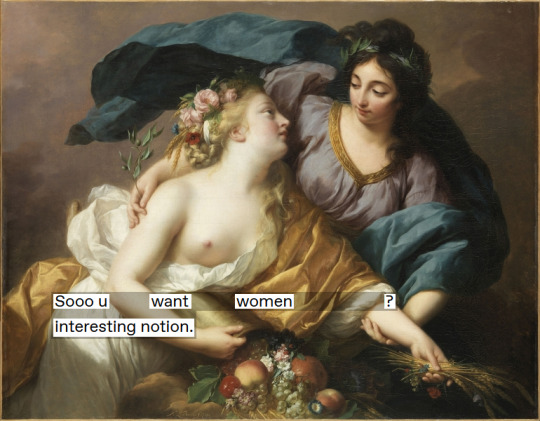
[Image description: The painting, 'La Paix ramenant l’Abondance,' by painter Elizabeth-Louise Vigée Le Brun, which depicts two women wearing extravagant fabrics gazing at one another. One woman shows an exposed breast, the other woman holds her. They pose together over an array of fruit. Superimposed over the painting is a tumblr text-post, edited blackout-poetry style to read, "Sooo u want women? interesting notion."]
---
Sooo u want women? interesting notion 😏
#fixingbadposts#fixing-bad-posts#format: blackout#format: collage#La Paix ramenant l’Abondance#Elizabeth-Louise Vigée Le Brun#wlw mood#wlw culture#wlw positivity#flirting#sapphic#wlw#queer
714 notes
·
View notes
Photo

Elizabeth Louise Vigée Le Brun
10 notes
·
View notes
Text
The Scandalous Chemise of Marie Antoinette

Elisabeth Louise Vigée Le Brun (French, 1783-) • Marie Antoinette in a Chemise Dress • 1783
Just as John Singer Sargent did some 100 years later, Elizabeth Vigée Le Brun often befriended her portrait subjects, engaging their trust so as to create authentic portraits that captured not just the likeness but the spirit of the sitter. Such was the case with Vigée Le Brun's Marie Antoinette in a Chemise Dress.
Vigée Le Brun was the official court painter. She painted Marie Antoinette approximately 30 times. For the "chemise dress" painting, it's unclear whose idea it was that the queen depart from traditional, more formal dress and wear a casual, unstructured dress instead. Perhaps Vigée Le Brun persuaded her to wear the white chemise or they arrived at the decision together.
The dress itself is made from cotton muslin instead of the French silk that royalty usually had their garments made from. It is tied comfortably at the waist with a yellow sash. The only ornamentation are the puffed sleeves and the ruffled neckline. Marie wears very little makeup and no jewelry.
Despite its simple elegance, the painting was met with much scorn and disapproval when it was shown at Vigée Le Brun's first Académie Salon. Though the garment was designed to be a dress, its lack of structure resembled an undergarment and was thus considred scandalous. Further, it was considered unpatriotic that the queen of France wore imported cotton rather than French Lyonnaise silk. Vigée Le Brun was forced to remove the portrait from the Salon and it was replaced with this one:

Élisabeth Louise Vigée Le Brun (French, 1755–1842). Marie Antoinette with a Rose • 1783
By the end of the 18th century, the chemise dress was hugely popular and worn for portraits by many prominent women in and outside of France. Marie Antoinette's fashion faux pas led to a fashion craze which is said by some historians to have been a catalyst for the slave trade, as the demand for cotton grew exponentially.


Right: Jacques Louis David (French, 1748-1825) • Antoine Laurent Lavoisier and His Wife • 1788.
Left: George Romney (British/English, 1734-1802) • Mrs. Billington as Saint Cecilia • 1787-88
The chemise dress was to evolve to an empire waist and a narrower skirt, creating the style we now call The Regency fashion era.
#art#fashion history#painting#portrait#art history#chamese dress#late 18th century fashion#royal portraits#the resplendent outfit#marie antoinette#elizabeth vigée le brun#french court painter#george romney#fine art#jacques louis david#art & fashion blogs on tumblr
159 notes
·
View notes
Text
Teenage Mutant Kunoichi Turtles (Genderbent Headcanons)
Here’s my personal headcanon for what some of the characters names would be in this genderbend TMNT 2012 AU.
Leonardo (Leo) - Leonora (Nora)
Named after the artist and writer Leonora Carrington
Donatello (Donnie) - Elizabeth (Beth)
Named after the French painter Élisabeth Louise Vigée Le Brun
Raphael (Raph) - Georgia (Gia)
Named after the artist Georgia O’Keeffe
Michelangelo (Mikey) - Angelica (Angie)
Named after the painter Angelica Kauffman
Splinter (Yoshi) - Splinter (Yuki)
April - August
Sometimes referred to by his nickname Gus)
Casey - Cassandra
Would still go by Casey as a nickname or also Cass
Karai (Miwa) - Kairi (Mikio)
Mona Lisa - David
Nickname originated from the sculptor of the same name created by the artist Michelangelo. Alien name is still Y’Gythgba.
Renet - Rene
Mondo Gecko (Jason) - Mondo Gecko (Jenny)
Some characters names remained unchanged since they are seen as unisex names such as Shinigami, Leatherhead, Slash and Shredder’s name Saki.
#fabtrash au#tmkt au#Tmnt au#genderbend#tmnt 2012#tmnt 2k12#tmnt#teenage mutant ninja turtles#tmnt leonardo#tmnt raphael#tmnt michelangelo#tmnt donatello#april o'neil#casey jones#master splinter#tmnt karai#tmnt shredder#tmnt mona lisa#renet tilley#tmnt shinigami
42 notes
·
View notes
Text

Elisabeth Louise Vigée-LeBrun (1755-1842)
Portrait of Elizabeth Alekseevna (1779–1826), wife of Tsar Alexander I, after 1795
oil on canvas, h. 79 cm, w. 64,5 cm
National Museum in Warsaw
6 notes
·
View notes
Text
On my knitter!Crozier bullshit and thinking so long and hard about what he would knit for each of the crew ahead of their 800 mile walk to encourage them and keep them warm, so here are some selections (with pattern links)
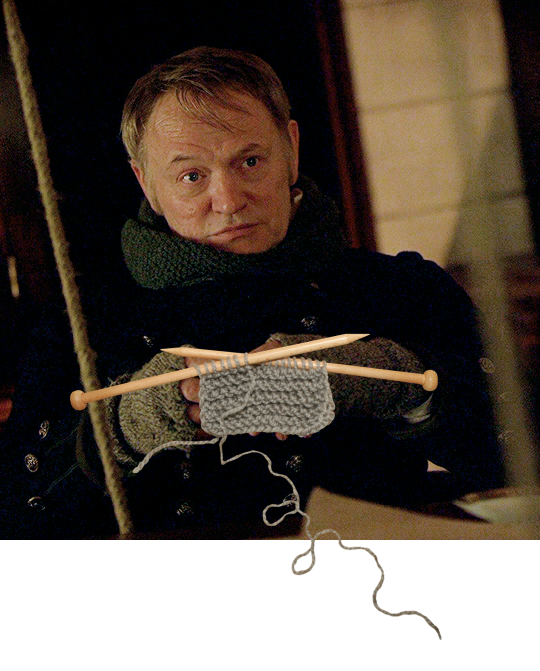
Jopson:
Toddler Mittens on a String by Ruth Bendig
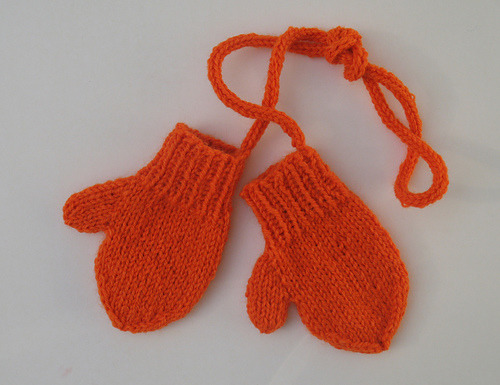
that's crozier's special little guy!! some cozy wee mittens connected by a string so he doesn't lose them <3
Irving:
Fallen Halo by Pam Grushkin

he doesn't tell irving the name of this particular pattern. just that it will keep his neck warm.
Little:
So Basic Scarf by Olguine Brutus
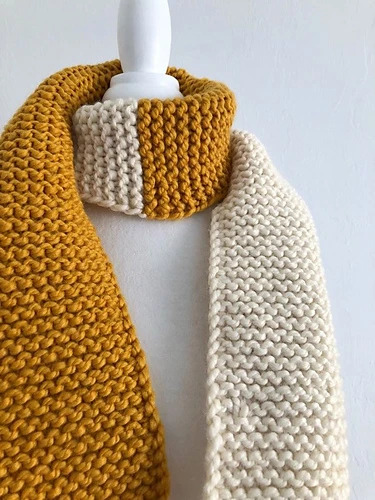
sorry ned :(
Goodsir:
Padded Hiking Socks by J Kolette Beckert
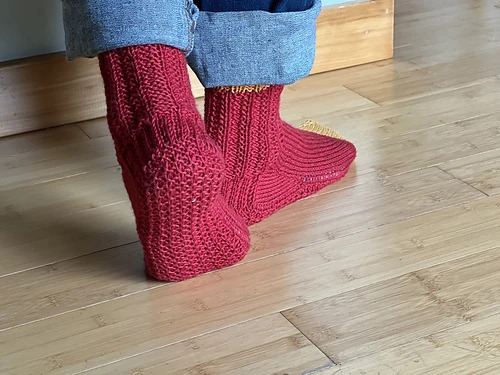
keep your doctor healthy by keeping his feet warm and dry. with added padding for the soles to keep them, uh, nice and tender
Tozer:
Hunting Gloves by Elizabeth Green Musselman
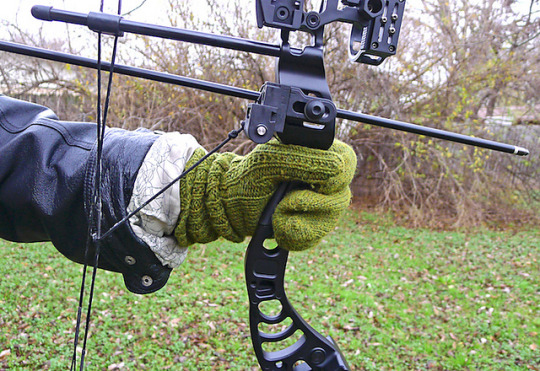
he's their best shot. they need his hands warm and his trigger finger nimble.
Fitzjames:
Boyfriend Sweater by Lene Holme Samsoe
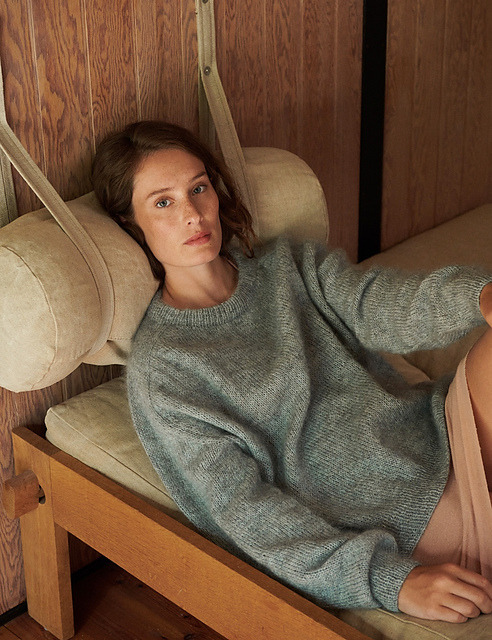
a fine gauge baselayer that will rest directly against fitzjames' skin at all times to keep him warm and protect his bullet wounds. unfortunately crozier's on sleeve island when they leave so it becomes more of a vest.
Hickey:
Knife Coaster by Melanie Thompson
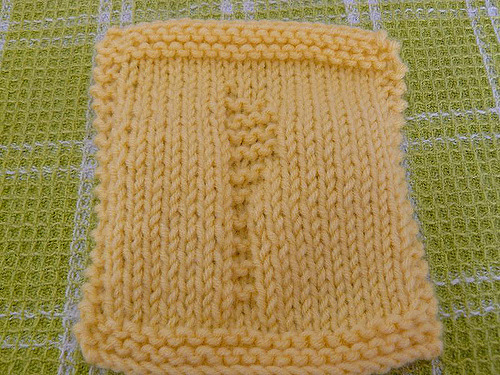
he has to knit SOMETHING for hickey cause it would look bad not to, but he also wants him to die so it can't be something actually useful. the knife pattern is also subtly calling him a fucking backstabber. hickey thinks maybe it's phallic and this is crozier trying to say he wants to fuck
Bonus under the cut
He WANTS to knit Fitzjames the A La Reine Blouse by Savannah Gerlach. It'll have to wait until after they're rescued, though.
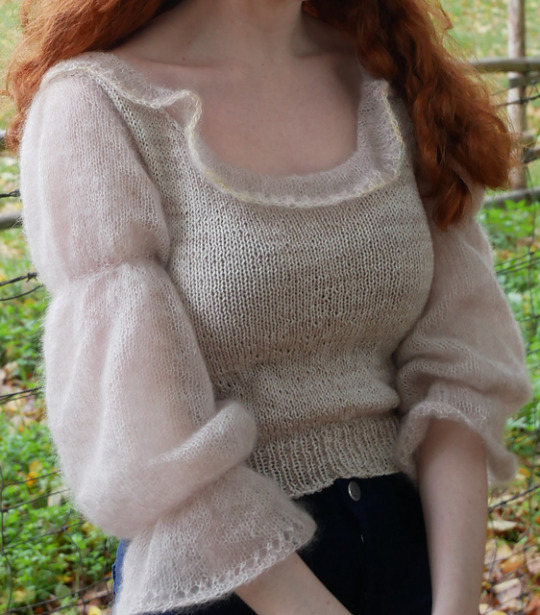
Description from pattern website: This blouse is inspired by an infamous portrait of Marie Antoinette of France, painted by Élisabeth Louise Vigée Le Brun, which appeared in a short-lived exhibition in the Musée du Louvre in 1783. The queen’s depiction in a gossamer shift (what would have then been akin to her nightgown) shocked the public, and the painting was removed shortly after its debut. Today we know this style as the “chemise à la reine.”
#the terror#francis crozier#knitting#i am...WAY too deep into this#if you have a suggestion for a character I should add LET ME KNOW
53 notes
·
View notes
Text

Self Portrait in a Straw Hat
Artist: Elisabeth Louise Vigée Le Brun (French, 1755-1842)
Date: 1782
Medium: Oil on Canvas
Collection: The National Gallery, London, United Kingdom
Élisabeth Louise Vigée-LeBrun
Elizabeth Louise Vigée Le Brun’s life spanned a tumultuous period of French history. Born in Paris in 1755, she was the daughter of a portrait painter, Louis Vigée. His early death in 1767 left her without a teacher, so she was largely self-taught. Her husband, the art dealer Jean-Baptiste-Pierre Le Brun, played a significant role in her early career by providing her with important contacts and commissions. She adopted his name but eventually left him – the marriage was formally dissolved in 1794.
In the years preceding the French Revolution in 1789, Vigée Le Brun enjoyed great success, particularly at the Versailles court. One of the most successful society portraitists of her time, she was also one of only four women admitted to the Académie royale de la peinture et de sculpture during the eighteenth century. She became the preferred painter of Marie-Antoinette and painted over 30 portraits of the Queen and her family. A portrait of Marie-Antoinette wearing a simple white cotton chemise and holding a rose caused a scandal when exhibited at the Salon in 1783 because of its informality. Following the arrest of the royal family in October 1789, Vigée Le Brun fled Paris and did not return until 1802.
Self Portrait in a Straw Hat is a signed copy by Vigėe Le Brun of a very popular self portrait she had painted in Brussels in 1782. The portrait was exhibited in the same year at the Salon de la Correspondance in Paris and at the 1783 Salon of the Académie royale. It is now in the collection of the baronne Edmond de Rothschild.
#portrait#painting#self portrait#elisabeth louise vigee lebrun#french painter#paint palette#costume#brimmed hat#french artist#flowers#paint brush#beautiful#famous painter#18th century painting
4 notes
·
View notes
Text
Sophie Hélène Béatrix de France, Marie-Thérèse Charlotte de France,Élisabeth Louise Vigée Le Brun,Marie Antoinette with a Rose,Marie Antoinette,Louis XVI,Marie-Thérèse Charlotte,Louis Antoine of France, Duke of AngoulêmeLouis Joseph Xavier François,Louis XVII,Louis XVIII,Charles X,Maria Theresa of Savoy,Sophie d'Artois,Louis, Dauphin of France, Aubreigh Paige Wyatt, Ava Jordan Wood, Leiliana Wright, Star Hobson, Saffie-Rose Brenda Roussos, Lily Peters, Olivia Pratt Korbel, Elizabeth Shelley, Sara Sharif, Charlotte Figi, Jersey Dianne Bridgeman, Macie Hill, Sloan Mattingly, Audrii Cunningham, Athena Strand, Athena Brownfield, Leocadia Zorrilla, Francisco José de Goya y Lucientes, Josefa Bayeu, Francisco Javier Goya Bayeu,Charlotte Eckerman, Adolf Ulrik Wertmüller, La Belle Italienne, Mary Wollstonecraft Shelley, Anne Isabella Noel Byron, Elizabeth Cavendish, Duchess of Devonshire, Lady Elizabeth Finch-Hatton, Queen Elizabeth II, Barbara Shelley, Percy Shelley, Lady Elizabeth Pilfold Shelley, Anne Neville, John Winthrop, Mary Forth Winthrop, Margaret Tyndall Winthrop, Thomasine Winthrop, Elisabeth of Denmark, Anna von Brandenburg, Elisabeth von Brandenburg, Sir John Talbot, Elizabeth Wrottesley Talbot, Richard III, Edward of Middleham, Margaret Plantagenet, Anne Plantagenet Saint Leger, Elizabeth of York Plantagenet de la Pole Duchess of Suffolk, Edmund Plantagenet, Richard of York 3rd Duke of York, Lady Cecily de Neville Plantagenet, Katharine of Aragon, Henry Tudor, Elizabeth I, Isabella de Aragon, Juan de Aragón, Miguel da Paz, Prince of Asturias, Jacklyn Jaylen “Jackie” Cazares, Chief Thunder Cloud, Chief Yellow Thunder, Ernest White Thunder, Wa-Kin-Yan-Waste “Andrew” Good Thunder, Maggie Snana Brass,
4 notes
·
View notes
Text

Elisabeth Maria Filipina Mniszech, 1797, de Élisabeth Louise Vigée Le Brun (París, 1755-1842). Óleo, lienzo, 48,5 x 44,2 cm, firmado y fechado abajo a la izquierda: Petersbourg / Vigée / Le Brun / 1797.
ZD S 1993002, Academy of Fine Arts and Design, Ljubljana.
La pintura está firmada y fechada en la parte inferior izquierda Petersbourg / Vigée / Le Brun / 1797 y muestra a Elizabeth Isabella Mniszech (1787–1830), hija de una de las sobrinas del rey polaco Stanislaus II August Poniatowski. Fue pintado durante la estancia de la artista en San Petersburgo y también se menciona en sus Memorias. Vigée-Lebrun gozó de la estima del rey Estanislao I de agosto, de su hermana la condesa Louise Zamojska y de su hija, la condesa Urzula Mniszech. Una copia de nuestra pintura en miniatura fue reproducida por J. Mycielski y S. Wasylewski en Portrety polskie Elżbiety Vigée-Lebrun, Lwów-Poznań, 1927.
Información e imagen de la web de la National Gallery of Slovenia.
1 note
·
View note
Photo

Like most female artists of European history, Elisabeth Louise Vigée Le Brun learned to paint from her father who was also an artist; her husband, an art dealer, helped market her work. It was Vigée Le Brun’s own innovative portrait style as well as her famously friendly personality that rocketed her to one of the most prolific portrait artists of the 18th century. She rose to fame through her friendship with the French queen Marie Antoinette, but she was forced to flee the country when the French Revolution began. For 19 years she traveled Europe painting portraits of members of high society everywhere she went, including Vienna, the home of the Countess Maria Theresia Czernin seen here. Vigée Le Brun was known for her ability to capture her sitters’ personality in paint and even normalized smiling in formal portraits. She often styled her female sitters herself, stylings that sometimes influenced elite fashion in France and the rest of Europe. The shawl we see in this image belonged to the artist and can be seen in multiple portraits. Vigée Le Brun is credited with helping to popularize shawls as a fashion accessory and inspiring women to wear their hair down.
See this portrait now on view in our European Art galleries.
Posted by Elizabeth Treptow Elisabeth Louise Vigée Le Brun (French, 1755-1842). Portrait of Countess Maria Theresia Czernin, 1793. Oil on canvas. Brooklyn Museum, Gift of Lilla Brown in memory of her husband, John W. Brown, Mrs. Watson B. Dickerman, A. Augustus Healy, Helen Babbott MacDonald, Charles H. Schieren, and L.L. Themal, by exchange , 2018.53
#WomensHistoryMonth#bkmeuropeanart#european art#Elisabeth Louise Vigée Le Brun#Vigée Le Brun#art#artist#women artists#brooklyn museum#friendly#portraitist#portraits#painting#art history#Maria Theresia Czernin#vienna#europe#shaw#fashion#style#elite#whm
111 notes
·
View notes
Photo
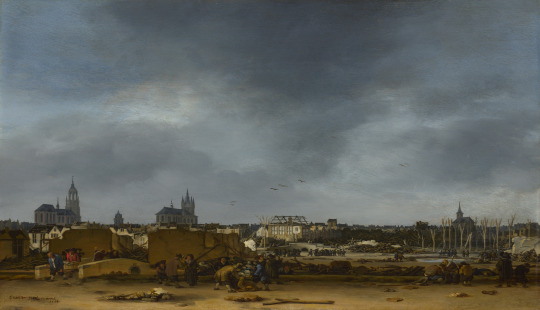
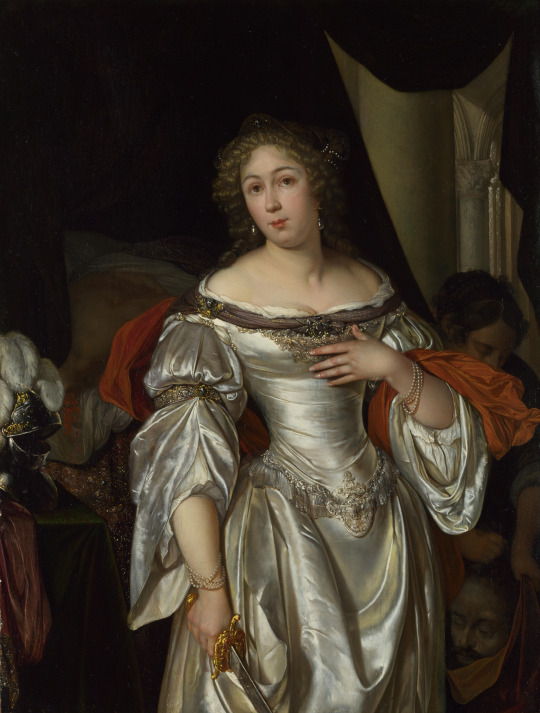
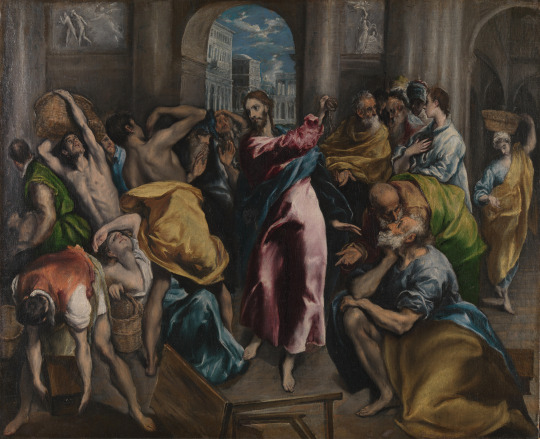
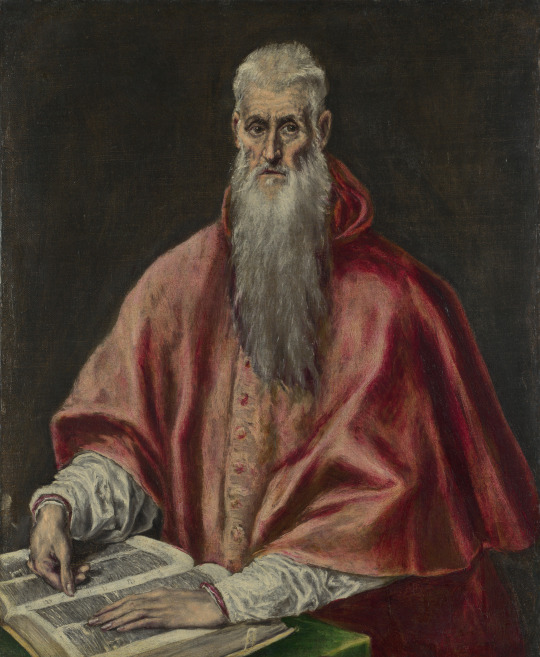
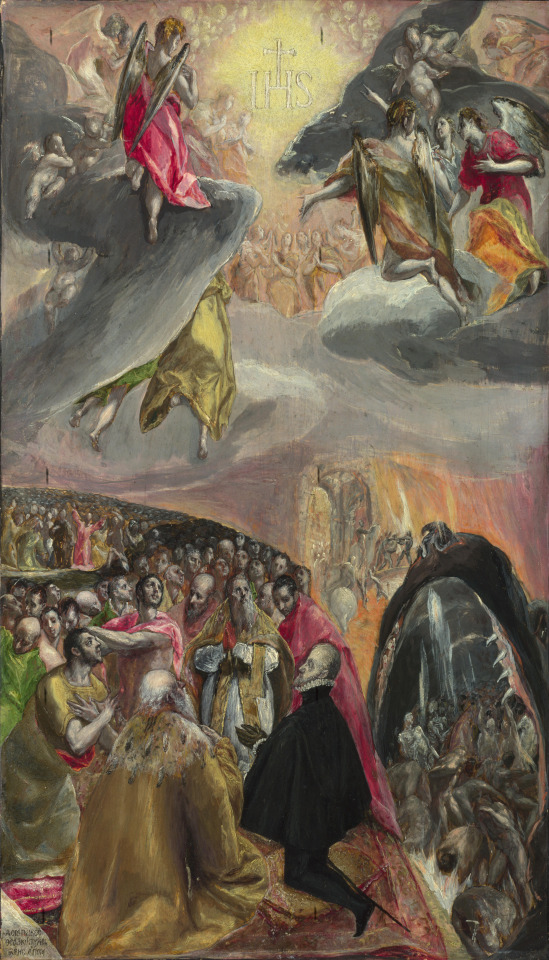

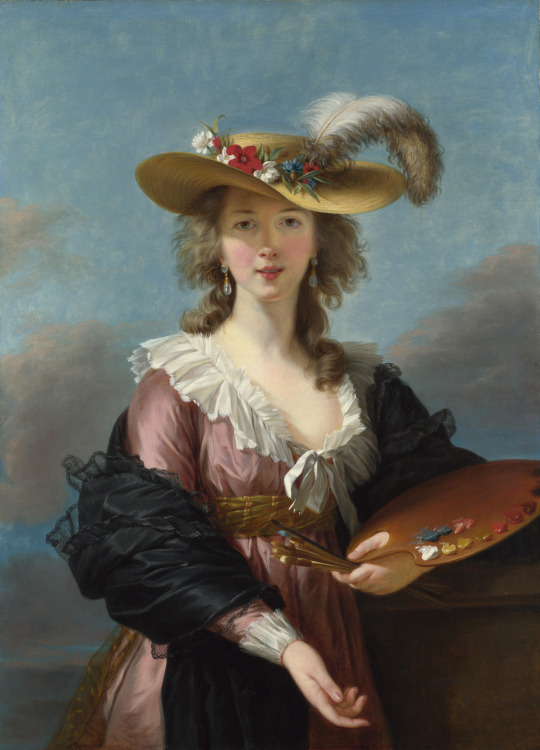


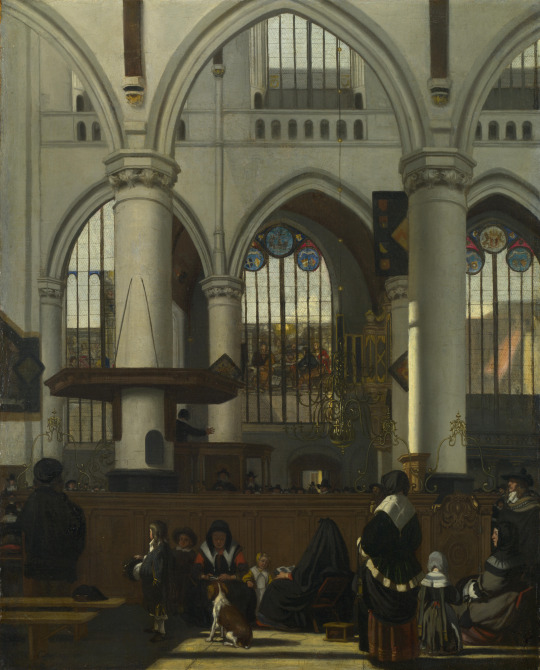
Лондонская Национальная галерея
11 notes
·
View notes
Text

Elizabeth Louise Vigée Le Brun
5 notes
·
View notes
Photo

Louise Elisabeth Vigée Le Brun (French, 1755 - 1842): Portrait of Grand Duchess Elizabeth Alekseyevna (1798) (via The State Hermitage Museum)
#Louise Elisabeth Vigée Le Brun#Louise Elisabeth Vigee Le Brun#women artists#women painters#french painters#portrait#clothes#eighteenth century#art#painting
45 notes
·
View notes
Text
Today (16th october) is the anniversary of Marie Antoinette's death, so let's talk about her most famous yet controversial portrait.
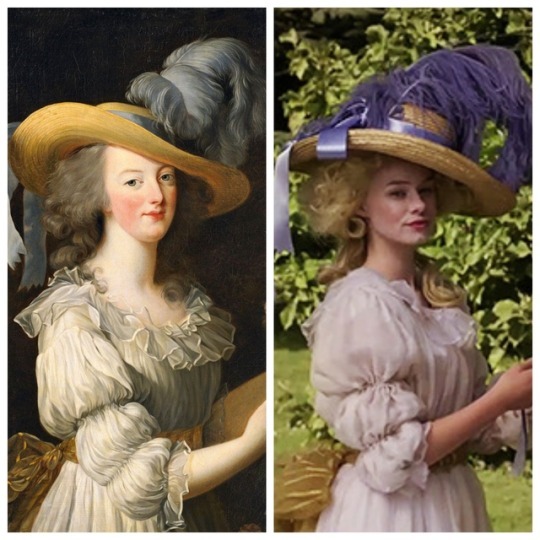
[Marie Antoinette en chemise, 1783 portrait by Louise Élisabeth Vigée Le Brun // The Versailles secret of Marie Antoinette, 2018]
In 1783, the famous female artist Élisabeth Louise Vigée Le Brun painted Marie Antoinette in a simple cotton gown known as a robe de gaulle.
The Queen didn't wear any jewels or embellishments, just a wide-brimmed straw hat tied with a ribbon band, topped with a few relatively modest plumes.
The scene is refreshingly natural when compared to the ornateness of the typical Rococo-era portrait. The gown gives off “an aesthetic of rustic simplicity,” writes Katy Werlin in Clothing and Fashion. But it was too much simple and "poor" at the time.
The backlash was immediate at the palace. Salon visitors demanded the portrait be removed from public view.
“Vigée-Lebrun unwittingly showed her [Antoinette] as an immodest woman, providing enemies with yet more evidence against the queen.” -The Exceptional Woman: Elizabeth Vigée-Lebrun and the Cultural Politics of Art
There were many who saw the garment as alarmingly scandalous. It closely resembled a chemise — the simple dress that served as a base garment for women at the time. In other words, the queen appeared to be posing in her underwear. This accusation gave the cotton gown the name by which it is now most commonly known: the “chemise à la reine,” or the “chemise of the queen.”
One critic wrote about the portrait:
"Many people have found it offensive to see these august persons revealed to the public wearing clothes reserved for the privacy of the palace."
The contemporary criticism against the portrait was not just that the Queen was wearing these casual fashions at all, but also that she dared to show herself wearing one in a public portrait display that was meant to be reserved for royal portraits, which clearly signified the wearer's status through sumptuous and royal clothing.
The portrait bears no markers of "queen" and indeed, if we did not know who the sitter was, it could be any one of the well-to-do women from this era.
So Vigée-Le Brun was forced to paint another potrait quickly, more appropriate this time, in attempt to calm the controversy.

She painted many copies. However some of original elements are retained: Antoinette wears a hat and holds a rose while wearing a bertha with two flounces and a skirt with two flounces.
But this time the dress is the essence of a French Queen.
Still it was Marie Antoinette herself who wanted that natural and simple look in her portrait, maybe as rebellion to the ancien régime.
Thanks to https://vivelaqueen.blogspot.com/2019/04/the-chemise-portrait-in-le-versailles.html?m=1
#marie antoinette#anniversary#women in history#france#women in art#french court#Versailles#1700s#Elisabeth Louise Vigée Le Brun#Elisabeth Vigée Le Brun#female artist#royal portrait#portraits#painting#royal painting#the secret versailles of marie antoinette#historical drama#history#female painter#fashion#1700s fashion#french monarchy#queens#monarchy#nobility#old fashioned#aesthetic#french art#french artist#beauty
204 notes
·
View notes
Photo

Painting of Anna Ivanovna Tolstoy 1796 by Louise Élisabeth Vigée Le Brun
Countess Anna Ivanovna Tolstaya, née Princess Baryatinskaya (December 5, 1774 - April 12, 1825) was the sister of prince Ivan Baryatinsky, wife of Marshal Nikolai Alexandrovich Tolstoy (1765–1816), a close friend of the Empress Elizabeth Alexeyevna and memoirist Countess Varvara Golovina.
#Anna Baryatinskaya#Anna Ivanovna Tolstaya#XVIII century#XIX century#elisabeth vigee lebrun#people#portrait#paintings#art#arte
2 notes
·
View notes
Text

Sketch of Elizabeth Louise Vigée Le Brun’s self portrait! It was fun to mess around
#art#my art#illustration#sketchbook#markers#french history#french revolution#elizabeth louise vigee le brun#marie antoinette#yellow#green#purple#pink
17 notes
·
View notes